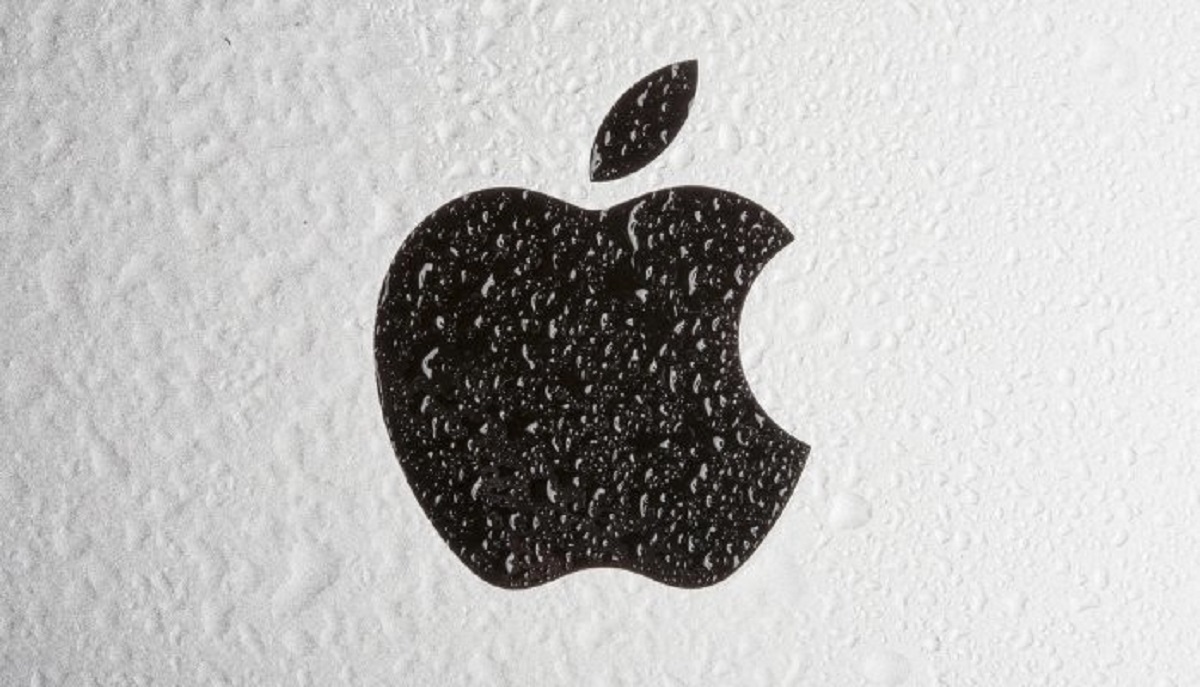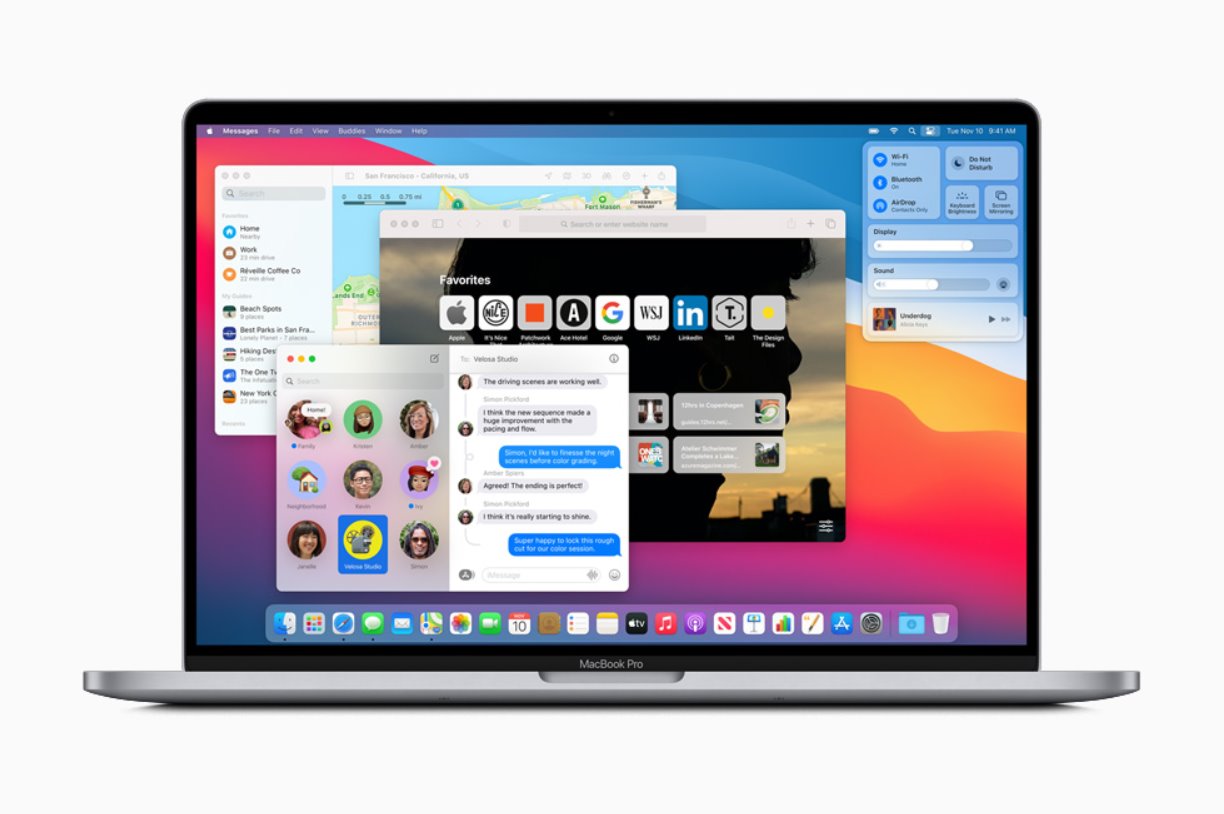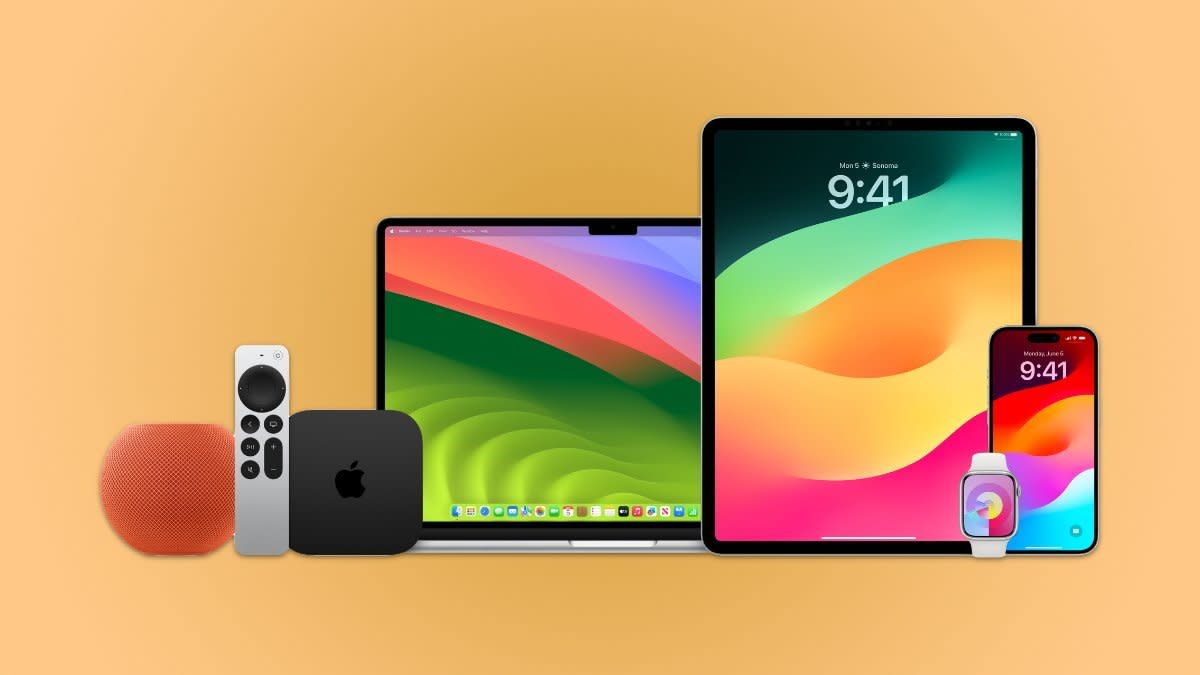The Role of Big Data in Apple’s Success
Big data plays a crucial role in Apple’s success as a technology giant. By harnessing the power of data analytics, Apple gains valuable insights that drive business decisions, enhance user experiences, and improve product development. Through its vast ecosystem of devices and services, Apple collects a tremendous amount of data from its users, which is then used to analyze patterns, behaviors, and preferences.
Apple’s data collection methods are diverse and encompass various sources, such as customer interactions, app usage, online purchases, and even biometric data from devices like the Apple Watch. This extensive data collection allows Apple to gain a deep understanding of its users’ needs and preferences. By analyzing this data, Apple can develop products and services that align with user expectations and cater to their specific desires.
One notable aspect of how Apple utilizes big data is in its personalized user experience. Through data analysis, Apple can deliver highly targeted recommendations, content, and advertisements to its users. This level of personalization enhances user engagement and satisfaction, as individuals feel that Apple understands their unique preferences. By tailoring user experiences, Apple cultivates customer loyalty and drives repeat purchases, ultimately contributing to its success.
Moreover, big data plays a critical role in Apple’s product development process. By analyzing customer feedback, usage patterns, and market trends, Apple gains insights into what features and improvements should be implemented. This data-driven approach ensures that Apple’s products are constantly evolving to meet the changing needs and demands of its users.
As a company focused on user privacy, Apple places great importance on the security of its users’ data. With the increasing concerns surrounding data breaches and privacy infringements, Apple has taken extensive measures to safeguard the big data it collects. Stringent encryption protocols and privacy policies are in place to protect user information, ensuring that it is used ethically and responsibly.
While Apple’s utilization of big data has undeniably contributed to its success, ethical considerations surrounding data usage should not be dismissed. Apple must strike a balance between leveraging user data for business growth and respecting user privacy. Ensuring transparency, providing clear consent mechanisms, and allowing user control over their data are crucial elements in maintaining a positive and ethical data ecosystem.
In summary, big data plays a pivotal role in Apple’s success. Through data collection, analysis, and personalized user experiences, Apple has been able to innovate and deliver products that resonate with its customers. However, ethical considerations and data security remain paramount as Apple continues to capitalize on big data in the future.
Apple’s Data Collection Methods
Apple employs various methods to collect data that fuels its big data analytics and drives its success. Through its ecosystem of devices and services, Apple gathers a wealth of information from its users, enabling the company to gain valuable insights and enhance its offerings.
One of the primary sources of data for Apple is customer interactions. Every time a customer interacts with an Apple device or service, data is generated. This includes actions such as opening an app, making a purchase, or sending a message. By capturing these interactions, Apple can analyze user behavior, identify preferences, and make informed decisions to improve its products and services.
Additionally, Apple collects data through app usage. With millions of apps available on the App Store, Apple can analyze which apps are downloaded, how frequently they are used, and for how long. This data provides crucial insights into user preferences, popular trends, and app performance.
Online purchases also contribute to Apple’s data collection efforts. When a customer makes a purchase through Apple’s online store or the App Store, information such as purchase history, payment details, and shipping addresses is collected. This data helps Apple understand purchasing patterns, tailor recommendations, and streamline the buying experience for its customers.
Furthermore, Apple’s devices themselves provide valuable data. For instance, the Apple Watch collects biometric information, including heart rate and activity data. This health and fitness data not only allows users to track their own health but also provides Apple with insights into user behavior and interests in the wellness space.
Educational institutions also play a role in Apple’s data collection. Through partnerships with schools, colleges, and universities, Apple gains access to valuable data about how their products are used in educational settings. This information aids in product development, ensuring that Apple’s offerings meet the specific needs of the education sector.
It is worth noting that Apple takes user privacy seriously and has implemented stringent measures to protect the data it collects. Personal data is anonymized and aggregated to respect user privacy while still providing valuable insights for Apple’s analytics purposes.
Overall, Apple’s data collection methods are diverse and encompass a wide range of sources. By gathering data from customer interactions, app usage, online purchases, device functionality, and educational institutions, Apple can effectively analyze user behavior and preferences. This data-driven approach enables Apple to make informed decisions, enhance user experiences, and develop innovative products that cater to the needs of its customers.
How Apple Analyzes Big Data
Apple utilizes sophisticated data analytics techniques to derive meaningful insights and extract value from the vast amount of data it collects. Through these analytics processes, Apple can make informed decisions, identify patterns, and uncover trends that drive its business strategies and product development.
One key aspect of Apple’s data analysis is the use of machine learning algorithms. These algorithms are designed to automatically detect patterns and make predictions based on large datasets. Apple leverages machine learning to gain insights from user behavior, preferences, and interactions. By analyzing this data, Apple can personalize user experiences, recommend relevant content, and predict future user needs.
Another crucial technique employed by Apple is data mining. Data mining involves exploring large datasets to discover hidden patterns and relationships. Apple uses data mining to uncover valuable insights from customer feedback, app usage data, and market trends. This allows Apple to understand user preferences, identify popular features, and make data-driven decisions regarding product enhancements and improvements.
Apple also employs sentiment analysis to understand customer sentiments and opinions. By analyzing customer feedback, social media posts, and online reviews, Apple can gauge the overall sentiment towards its products and services. This provides valuable feedback for product improvement and informs Apple’s marketing strategies.
Moreover, Apple utilizes predictive analytics to anticipate future trends and user behaviors. By analyzing historical data and market conditions, Apple can make predictions about customer demand, market performance, and consumer preferences. This helps Apple in making informed decisions regarding its product lineup, pricing, and marketing campaigns.
Data visualization is another important component of Apple’s data analysis process. Apple leverages visual representations, such as graphs and charts, to present complex data in a visually appealing and easily understandable format. This allows Apple’s analysts and decision-makers to quickly grasp insights and patterns from the data, enabling them to make informed choices and drive business strategies.
Additionally, Apple employs cohort analysis to understand the behavior and preferences of specific groups of users. By dividing users into cohorts based on demographic characteristics, purchase history, or app usage patterns, Apple can gain insights into the unique needs and preferences of different segments. This information helps Apple tailor its offerings and marketing efforts to different user groups effectively.
In summary, Apple leverages advanced data analytics techniques such as machine learning, data mining, sentiment analysis, predictive analytics, data visualization, and cohort analysis to analyze big data. By extracting insights from the data it collects, Apple can make data-driven decisions, personalize user experiences, and develop innovative products that cater to the evolving needs and preferences of its customers.
Apple’s Personalized User Experience
One of the key strengths of Apple lies in its ability to deliver a highly personalized user experience to its customers. Through the analysis of big data, Apple gathers insights into user preferences, behaviors, and interests, allowing the company to tailor its offerings and create a more engaging and customized experience for each individual user.
Apple harnesses the power of big data to provide highly targeted and relevant recommendations to its users. By analyzing user data, such as app usage, purchase history, and browsing behavior, Apple can understand the specific preferences of each user and suggest apps, content, and services that align with their interests. This level of personalization enhances user engagement and satisfaction, as users feel that their needs and preferences are well understood.
Furthermore, Apple leverages big data to deliver personalized advertisements to its users. By analyzing user data, such as demographics, interests, and browsing behavior, Apple can serve ads that are specifically tailored to each user’s characteristics and preferences. This targeted advertising approach not only benefits users by providing them with relevant information and offers but also benefits advertisers by reaching a more receptive and engaged audience.
Apple’s personalized user experience extends beyond recommendations and advertisements. The company also leverages big data to customize the user interface of its devices and services. For example, the Today View on iOS devices provides users with personalized widgets, such as weather updates, upcoming events, and news articles based on their interests and actions. This personalized interface enables users to access relevant information and features quickly and efficiently.
Moreover, Apple uses big data to enhance its customer support services. By analyzing data from customer interactions, support tickets, and troubleshooting, Apple can identify common issues and provide personalized solutions and recommendations to its users. This proactive approach to customer support enhances the overall user experience and helps resolve issues more effectively.
Apple’s commitment to user privacy is also reflected in its personalized user experience. The data used to personalize the experience is anonymized and aggregated, ensuring that user privacy is respected and protected. Apple puts users in control of their data by providing transparent privacy settings and options to manage data collection and personalized recommendations.
In summary, Apple’s personalized user experience is a result of data-driven insights and analysis. By leveraging big data, Apple can understand user preferences, deliver customized recommendations, serve targeted advertisements, customize the user interface, and enhance customer support services. This personalized approach enhances user satisfaction, engagement, and loyalty, cementing Apple’s position as a leader in the technology industry.
The Use of Big Data in Apple’s Product Development
Big data plays a pivotal role in Apple’s product development process, enabling the company to create innovative and user-centric products. By leveraging the power of data analytics, Apple gains valuable insights into customer preferences, market trends, and emerging technologies, which inform its product development decisions from concept to launch.
One way Apple utilizes big data is through analyzing customer feedback. Through various channels such as surveys, app reviews, and customer support interactions, Apple collects feedback from its users. This data provides valuable insights into user experiences, pain points, and desired features or improvements. Apple analyzes this feedback to identify common themes and areas for enhancement, shaping the direction of its product development efforts.
Another aspect of Apple’s use of big data in product development is analyzing market trends and competitor insights. By monitoring the market landscape and analyzing data on competitor offerings, pricing, and user preferences, Apple can identify gaps and opportunities. This enables Apple to develop products that are ahead of the curve, meeting the evolving needs and expectations of consumers.
Furthermore, big data plays a critical role in understanding user behavior and usage patterns. Apple collects data on how users interact with their devices, such as app usage, feature utilization, and device performance. By analyzing this data, Apple can identify patterns and usage trends, helping shape the design and functionality of its products. This data-driven approach ensures that Apple’s products are intuitive, efficient, and meet the needs of its diverse user base.
Apple also leverages big data to inform decision-making throughout the product development cycle. In the early stages of product development, data analysis helps evaluate the viability and market potential of new concepts. By analyzing data on user preferences, market demand, and technological feasibility, Apple can make informed decisions on which ideas to pursue further. During the design and engineering phases, data on user behavior and usage patterns informs feature prioritization and design decisions, optimizing the user experience.
Moreover, big data is instrumental in Apple’s product testing and post-launch analysis. Apple collects extensive data during beta testing and beyond, allowing them to identify and rectify issues, enhance product performance, and gather insights for iterative improvements. By analyzing user feedback and usage data, Apple iterates and refines its products, continuously striving to meet customer expectations and stay at the forefront of innovation.
Overall, the use of big data in Apple’s product development process is essential for understanding user preferences, market trends, and technological advancements. By gathering and analyzing data from various sources, Apple can create products that resonate with its customers, deliver exceptional user experiences, and maintain its reputation as a company that consistently delivers innovative and high-quality products.
Apple’s Security Measures for Big Data
As a company that values user privacy, Apple takes significant measures to ensure the security of the big data it collects. With data breaches and privacy concerns becoming increasingly prevalent, Apple is committed to safeguarding user information and maintaining the trust of its customers. Apple employs a range of security measures to protect the integrity and confidentiality of its big data.
One crucial security measure is encryption. Apple incorporates strong encryption protocols throughout its systems to protect user data. Encryption ensures that data is encoded and can only be accessed with the correct decryption keys. This prevents unauthorized access to sensitive information and ensures that user data remains confidential, even if it falls into the wrong hands.
Another important aspect of Apple’s security measures is data anonymization. When analyzing big data, Apple takes steps to remove personally identifiable information and replace it with anonymous identifiers. This practice ensures that individual users cannot be identified from the data, further safeguarding their privacy and protecting against unauthorized profiling.
Apple also implements strict access controls to limit and monitor who can access its big data. Only authorized personnel with a need-to-know basis are granted access to the data repositories, reducing the risk of unauthorized access or data breaches. Additionally, Apple maintains audit logs and monitors data access activities to detect any suspicious or unauthorized behavior.
Physical security is a critical aspect of Apple’s data protection efforts. Apple’s data centers and facilities are equipped with state-of-the-art security measures to prevent unauthorized physical access. This includes measures such as biometric authentication, surveillance systems, and restricted access areas. By ensuring the physical security of its data infrastructure, Apple further enhances the protection of its big data.
Regular system and software updates are essential in maintaining security. Apple proactively releases updates to address known vulnerabilities and strengthen security measures. By encouraging users to stay up to date with the latest updates, Apple mitigates potential security risks and ensures that its users are protected against emerging threats.
Furthermore, Apple exercises transparency regarding its privacy policies and data collection practices. The company provides detailed information to users regarding the types of data collected, how it is used, and the steps taken to protect it. This transparency helps users make informed decisions about their data and instills confidence in Apple’s commitment to privacy and security.
Apple also complies with applicable data protection regulations and industry standards. The company adheres to strict privacy regulations such as the General Data Protection Regulation (GDPR) and implements industry best practices for data security. By complying with these regulations and standards, Apple ensures that its data protection practices meet or exceed legal requirements.
In summary, Apple employs a comprehensive set of security measures to safeguard its big data. Through encryption, data anonymization, access controls, physical security measures, regular updates, and transparency, Apple prioritizes the protection of user data. By maintaining strong security practices, Apple consistently earns the trust of its customers and underscores its commitment to privacy and data security.
Ethical Considerations in Apple’s Data Use
As Apple harnesses the power of big data to drive its business strategies and enhance user experiences, ethical considerations play a significant role in ensuring responsible data use. Apple recognizes the importance of maintaining user privacy, respecting individual choices, and using data in an ethical manner that aligns with its core values.
One key ethical consideration is the transparency of data collection and usage. Apple strives to provide clear and accessible information to users about the data it collects and how it is used. By ensuring transparency, Apple allows users to make informed decisions about sharing their data and empowers them to exercise control over their privacy preferences.
Respecting user choices regarding data collection and usage is another ethical consideration for Apple. The company allows users to customize their privacy settings, providing options to limit or opt-out of certain data collection activities. By respecting user choices, Apple demonstrates its commitment to user autonomy and privacy.
Ensuring data security is a fundamental ethical consideration for Apple. The company invests heavily in security measures to protect user data from unauthorized access, breaches, and misuse. By employing robust encryption, access controls, and physical security measures, Apple aims to safeguard user information and maintain the trust of its users.
An important ethical consideration in Apple’s data use is the anonymization of user data. Apple takes steps to ensure that personally identifiable information is removed or replaced with anonymous identifiers when analyzing big data. By anonymizing data, Apple preserves user privacy and protects against undue profiling or discrimination.
Apple also places great emphasis on ethical advertising practices. While serving personalized ads based on user data, Apple is committed to providing relevant advertising experiences without compromising user privacy. By adhering to industry guidelines and ensuring user consent, Apple seeks to deliver meaningful advertisements while treating user privacy with the utmost respect.
Additionally, Apple takes measures to minimize potential bias or unfair discrimination that may arise from data usage. By employing diverse and representative data sets, Apple aims to mitigate biases inherent in the data analysis process. This ensures that products and services are developed and delivered in a fair and equitable manner.
Apple’s commitment to ethical considerations also extends to its third-party partnerships. The company applies strict guidelines and requirements to third-party developers and partners to ensure that data is used responsibly and in accordance with Apple’s ethical standards. This helps to protect user privacy and maintain the integrity of Apple’s data ecosystem.
In summary, Apple acknowledges and addresses ethical considerations in its use of data. By ensuring transparency, respecting user choices, prioritizing data security, anonymizing data, practicing ethical advertising, mitigating bias, and enforcing ethical standards with partners, Apple upholds its commitment to responsible data use. Through these ethical considerations, Apple aims to enhance user trust, prioritize user privacy, and promote a data-driven ecosystem that benefits both the company and its customers.
Future Implications of Big Data for Apple
The future implications of big data for Apple are vast and hold immense potential for the company’s growth, innovation, and continued success. As technology advances and the amount of data generated increases exponentially, Apple is poised to leverage big data in various ways to drive its business strategies and enhance user experiences.
One of the future implications of big data for Apple is the further personalization of user experiences. As Apple collects more data and refines its analytics capabilities, it can provide even more tailored recommendations, personalized interfaces, and customized interactions. This enhanced personalization will deepen user engagement, foster loyalty, and create a seamless and intuitive user experience across Apple’s ecosystem.
Moreover, big data will play a significant role in shaping Apple’s product development process. With access to extensive user feedback, usage patterns, and market trends, Apple can continue to innovate and deliver products that meet the evolving needs and desires of its customers. Big data will assist in identifying emerging trends, predicting future demand, and informing product enhancements, ultimately driving Apple’s product roadmap.
The analysis of big data will also lead to advancements in Apple’s artificial intelligence (AI) capabilities. As Apple harnesses the power of machine learning and deep learning algorithms, it can develop more intelligent and intuitive features, services, and virtual assistants. With access to vast amounts of data, Apple can train AI models to understand and anticipate user behavior, resulting in more accurate predictions, insights, and personalized experiences.
Big data will also have implications for Apple’s services, such as Apple Music, Apple TV+, and Apple Arcade. By analyzing user preferences, listening habits, and viewing behaviors, Apple can curate and recommend content that aligns with individual tastes. This will enhance the discovery of new content and improve user satisfaction across Apple’s services.
In addition, big data will continue to play a vital role in Apple’s marketing and advertising strategies. With a deeper understanding of user behavior, demographics, and preferences, Apple can deliver targeted and relevant ads that resonate with its users. This targeted advertising approach will optimize marketing efforts, boost engagement, and drive conversion rates.
Furthermore, as data privacy concerns continue to rise, Apple’s commitment to user privacy and data security will become even more crucial. Apple’s continued efforts to prioritize user privacy will differentiate the company from its competitors and cultivate trust among its user base. Apple’s commitment to protecting user data while still deriving valuable insights will be vital in building and maintaining user trust in the era of big data.
Overall, the future implications of big data for Apple are vast and transformative. As technology and data analytics evolve, Apple has the opportunity to continually improve its products, services, and user experiences. By leveraging big data responsibly and ethically, Apple can stay at the forefront of innovation, deliver personalized and valuable experiences, and solidify its position as a leader in the technology industry.

























